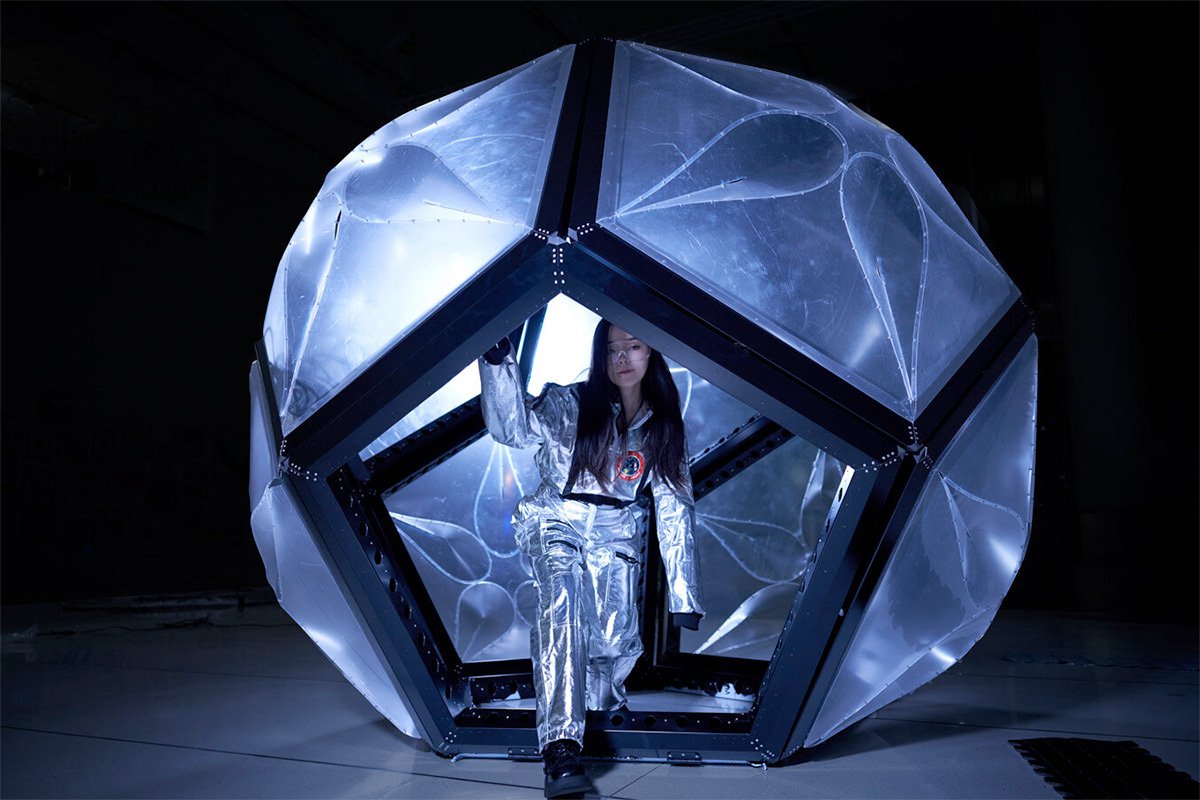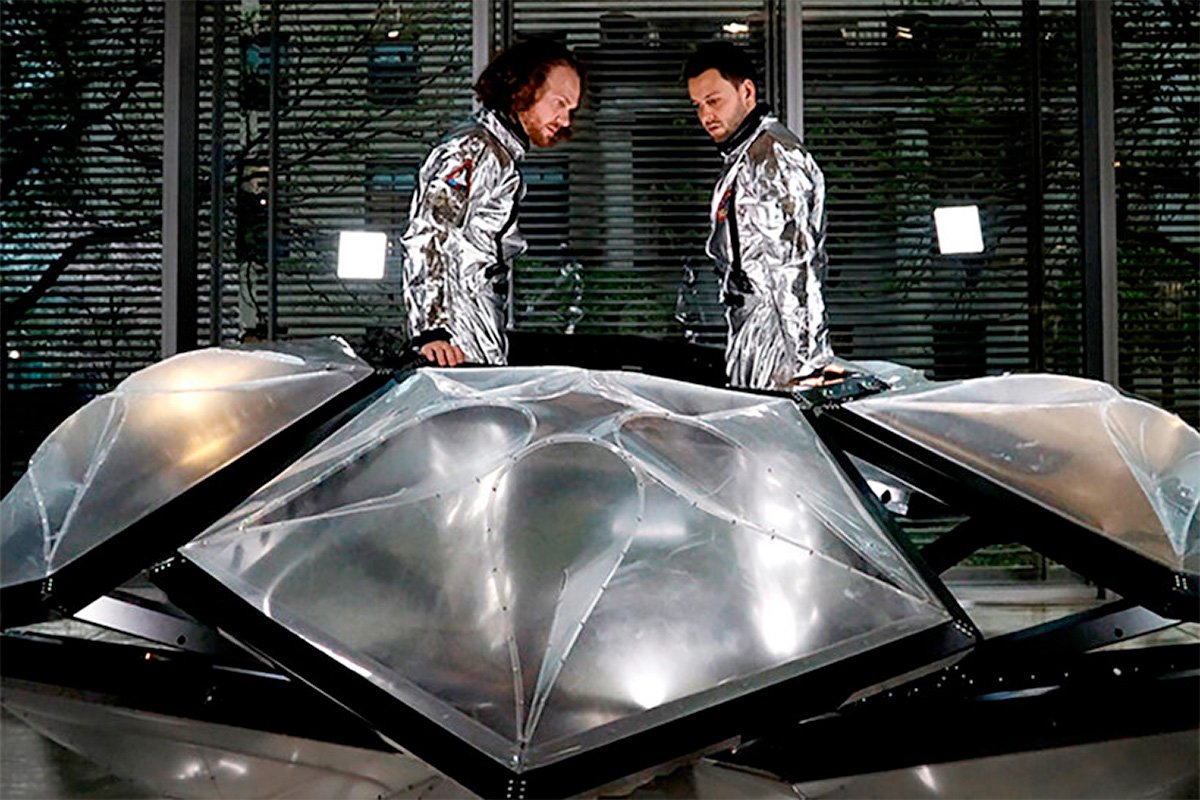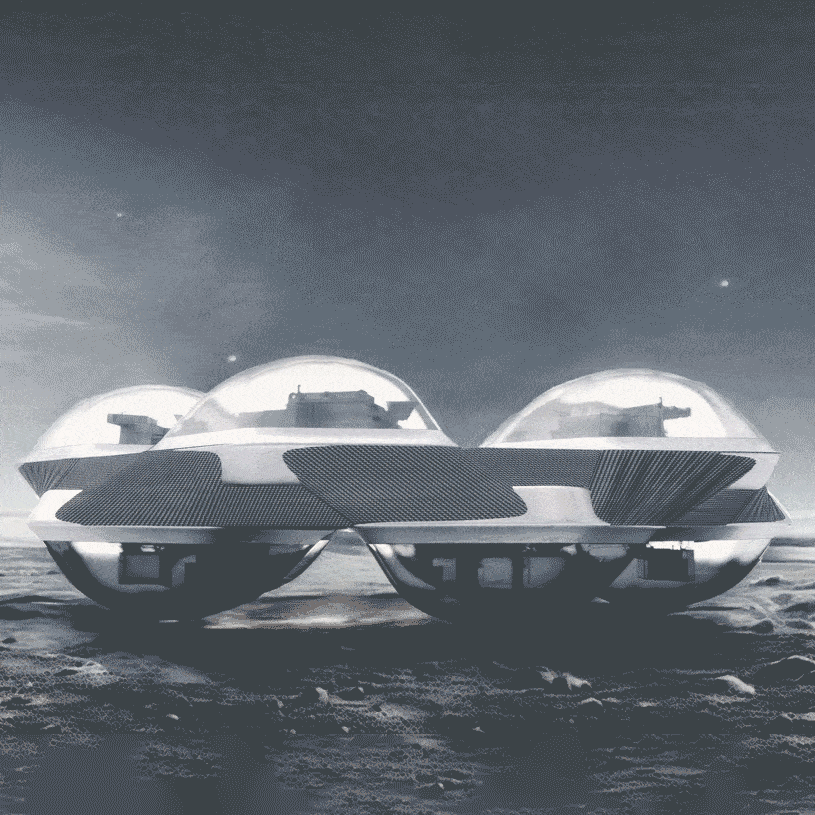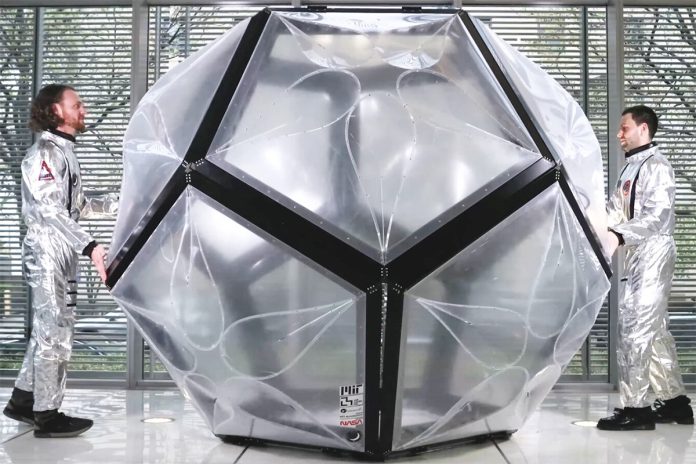MIT’s Department of Architecture, AeroAstro, and the MIT Media Lab have unveiled Momo, a self-assembling lunar habitat designed to support future lunar settlements. This project aims to address two primary design objectives: maximizing packing efficiency for transport in the Starship HLS cargo space and ensuring modularity.
Each Momo module features an aluminum frame paired with a high-density polyethylene membrane to provide radiation protection. These modules are multifunctional, with the ability to serve as airlocks, windows, photovoltaic panels, work desks, or exercise modules. The modularity aspect allows astronauts to replace individual modules in case of a breach rather than the entire habitat, enhancing both practicality and safety.
The development of Momo incorporates insights from a diverse array of experts and institutions. MIT students have collaborated with NASA’s Marshall Space Flight Center, NASA’s Johnson Space Center, SpaceX, and Brookhaven National Lab. This collaborative effort highlights the comprehensive approach needed to advance the Momo lunar habitat through its various milestones, from initial requirements to full operational readiness.
The Momo lunar habitat is specifically targeted to support the Artemis III mission, contributing to NASA’s goal of sustained human exploration and utilization of the Moon. The design and testing phases will continuously integrate advanced technologies to mitigate risks, ensuring the habitat meets all necessary safety and operational standards.

In summary, Momo represents a significant step forward in lunar habitation technology. Its modular and replaceable design, combined with insights from leading space research and private entities, positions it as a critical component in the future of lunar exploration and long-term human presence on the Moon.



Source: MIT Media Lab



